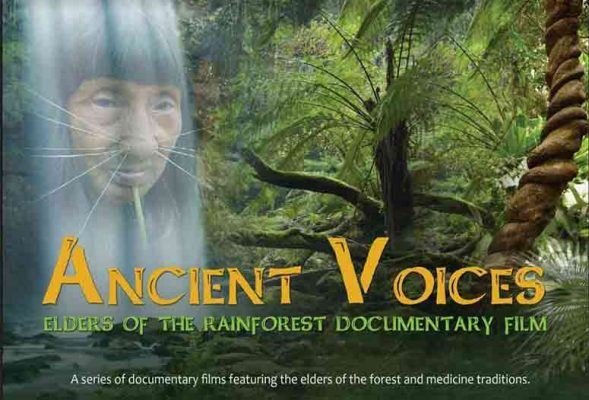According to the report, in that two year period, a new species was registered every two days – and most of them was discovered inside of protected areas. Two new species of fish were located in the conservation of Unit of the Renca Reserve, which was made extinct this past month (oct 17) by the government.
Of the 381 new species discovered between 2014 and 2015, the report lists 216 new species of plants, 93 of fish, 32 of amphibians, 19 of reptiles, 18 of mammals, one bird and two fossil mammals.
Produced by a group of experts from reviews of scientific literature, the report is in its third edition. The first presented 1,200 new species discovered between 1999 and 2009 and the second revealed 602 new species discovered between 2010 and 2013. There were more than 2,100 species discovered in 17 years.
“This biodiversity needs to be known and protected. Studies indicate that the greatest economic potential of a region such as the Amazon is the inclusion of biodiversity in the technological solutions of a new development model, including development of cures for diseases, use of new species for food, such as superfoods ”
“The significant number of discoveries demonstrates the importance of investments in scientific research in the Amazon and redouble our attention to the region, which has suffered the impact of anthropic actions such as deforestation, agriculture and livestock and major infrastructure works – such as the construction of hydroelectric and highways ”
The fact that many species have been discovered in protected areas, according to Melo, reinforces the importance of keeping protected areas intact and increasing research efforts in these areas.
“There is a global decline in biodiversity and the extinction of species is currently undergoing an unprecedented escalation in history.” Since 1800, extinction of species has increased five times a year. decline of 51% in populations of various species ”
“The more we can identify new species, the better for conservation.” In the Amazon rainforest, we have about 40,000 species of plants cataloged, 5,000 species of trees, and in some regions there are 300 different species per hectare. we began to understand the Amazon ”
Source: UOL News health and science[/vc_column_text][/vc_column][/vc_row][vc_row][vc_column][templatera id=”10441″][templatera id=”10446″][templatera id=”10236″][/vc_column][/vc_row]






 Join the Tribe
Join the Tribe